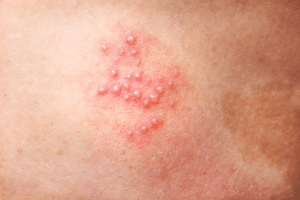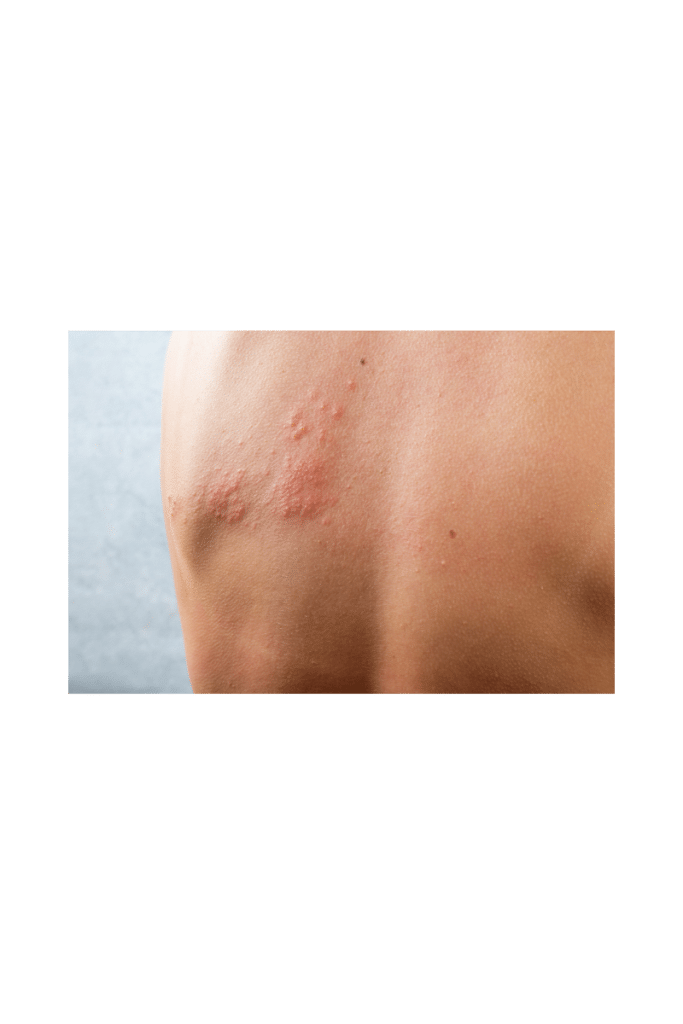Shingles: A Closer Look at Symptoms, Treatment, and Prevention
Shingles, also known as herpes zoster, is a condition that can cause significant discomfort due to its characteristic painful rash. It’s caused by the varicella-zoster virus, which is the same virus responsible for chickenpox.
Once a person has had chicken pox, the virus lays dormant on certain nerves (often for many years). Shingles is the reactivation of this virus, which could be due to various reasons. It can occur at any age, but is more common in immunocompromised patients and those over the age of 50. Although less common, it is possible to have shingles more than once in your lifetime.
Here’s an in-depth look at shingles.
Understanding Shingles Symptoms
Shingles typically presents with a painful rash that may be accompanied by blisters. The rash usually appears on one side of the body or face and can cause a variety of symptoms:
- Pain, burning, or tingling sensation before the rash appears
- Sensitivity to touch
- Fluid-filled blisters that break open and crust over
- Itching
- Fever, headache, and fatigue
It’s important to note that the pain associated with shingles can be intense and may precede the rash by several days.
Diagnosing Shingles
Diagnosis of shingles is primarily based off of the patient history, appearance of the rash, and concurrent symptoms. The rash is typically located along a nerve root (called a dermatome) on one side of the body, in one general area and the pain associated with the rash is localized to this same area.

Effective Treatment Options
While there is no cure for shingles (as a viral illness), the rash typically runs its course and resolves within 2-4 weeks. However, early treatment with prescription antiviral drugs (and sometimes additional medications) can speed healing and lower the risk of complications.
In addition to antivirals, healthcare providers may prescribe pain relief medications, such as ibuprofen or acetaminophen, and topical creams to manage symptoms.
Home Remedies and Self-Care
Patients can also find relief through home remedies, such as:
- Cool baths or wet compresses to soothe blisters
- Calamine lotion to reduce itching
- Rest to help the body recover
Prevention: The Key to Control
Consider talking to your primary care provider to see if you are a good candidate for a shingles vaccine. If you have been diagnosed with shingles, avoid being around vulnerable populations such as newborn babies, very young children, pregnant women, elderly or immunocompromised patients and those who may not have had chicken pox or the chicken pox vaccine. You can’t give another person shingles, but you could potentially spread the chicken pox virus to them.
When to Seek Urgent Care
If you suspect you have shingles, especially if the rash is near your eye or if you’re experiencing severe pain, it’s crucial to seek medical attention promptly to avoid long-term complications.
Disclaimer: This blog post is for informational purposes only and does not constitute medical advice. If you suspect you have shingles, please consult a healthcare professional.

